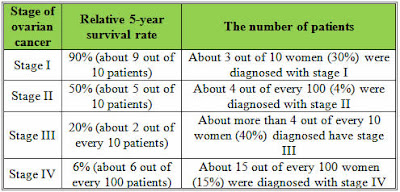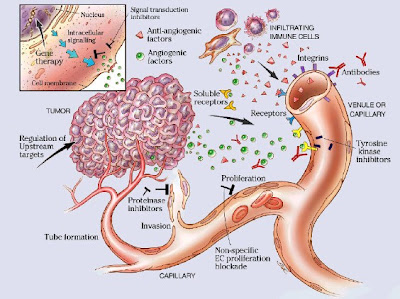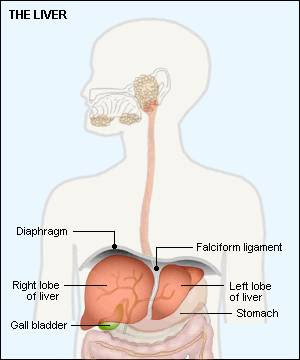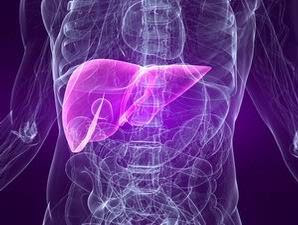Cancer Disease Biography
Source(google.com.pk)
All patients begin as storytellers, the oncologist Siddhartha Mukherjee observes near the start of this powerful and ambitious first book. Long before they see a doctor, they become narrators of suffering, as Mukherjee puts it — travelers who have visited the “kingdom of the ill.”
Enlarge This Image
Illustration by Anna Parini
THE EMPEROR OF ALL MALADIES
A Biography of Cancer
How Cancer Acquired Its Own Biographer (November 9, 2010)
Books of The Times: ‘The Emperor of All Maladies’ by Siddhartha Mukherjee (November 11, 2010)
Many doctors become storytellers too, and Mukherjee has undertaken one of the most extraordinary stories in medicine: a history of cancer, which will kill about 600,000 Americans by the end of this year, and more than seven million people around the planet. He frames it as a biography, “an attempt to enter the mind of this immortal illness, to understand its personality, to demystify its behavior.” It is an epic story that he seems compelled to tell, the way a passionate young priest might attempt a biography of Satan.
Mukherjee started on the road to this book when he began advanced training in cancer medicine at the Dana-Farber Cancer Institute in Boston in the summer of 2003. During his first week, a colleague who’d just completed the program took him aside. “It’s called an immersive training program. But by immersive, they really mean drowning,” he said, lowering his voice the way many of us do when we speak of cancer itself. “Have a life outside the hospital,” the doctor warned him. “You’ll need it, or you’ll get swallowed.”
“But it was impossible not to be swallowed,” Mukherjee writes. At the end of every evening he found himself stunned and speechless in the neon floodlights of the hospital parking lot, compulsively trying to reconstruct the day’s decisions and prescriptions, almost as consumed as his patients by the dreadful rounds of chemotherapy and the tongue-twisting names of the drugs, “Cyclophosphamide, cytarabine, prednisone, asparaginase. . . .”
Eventually he started this book so as not to drown.
The oldest surviving description of cancer is written on a papyrus from about 1600 B.C. The hieroglyphics record a probable case of breast cancer: “a bulging tumor . . . like touching a ball of wrappings.” Under “treatment,” the scribe concludes: “none.”
For more than 2,000 years afterward, there is virtually nothing about cancer in the medical literature (“or in any other literature,” Mukherjee adds.) The modern understanding of the disease originated with the recognition, in the first half of the 19th century, that all plants and animals are made of cells, and that all cells arise from other cells. The German researcher Rudolph Virchow put that in Latin: omnis cellula e cellula.
Cancer is a disease that begins when a single cell, among all the trillions in a human body, begins to grow out of control. Lymphomas, leukemias, malignant melanomas, sarcomas all begin with that microscopic accident, a mutation in one cell: omnis cellula e cellula e cellula. Cell growth is the secret of living, the source of our ability to build, adapt, repair ourselves; and cancer cells are rebels among our own cells that outrace the rest. “If we seek immortality,” Mukherjee writes, “then so, too, in a rather perverse sense, does the cancer cell.”
































